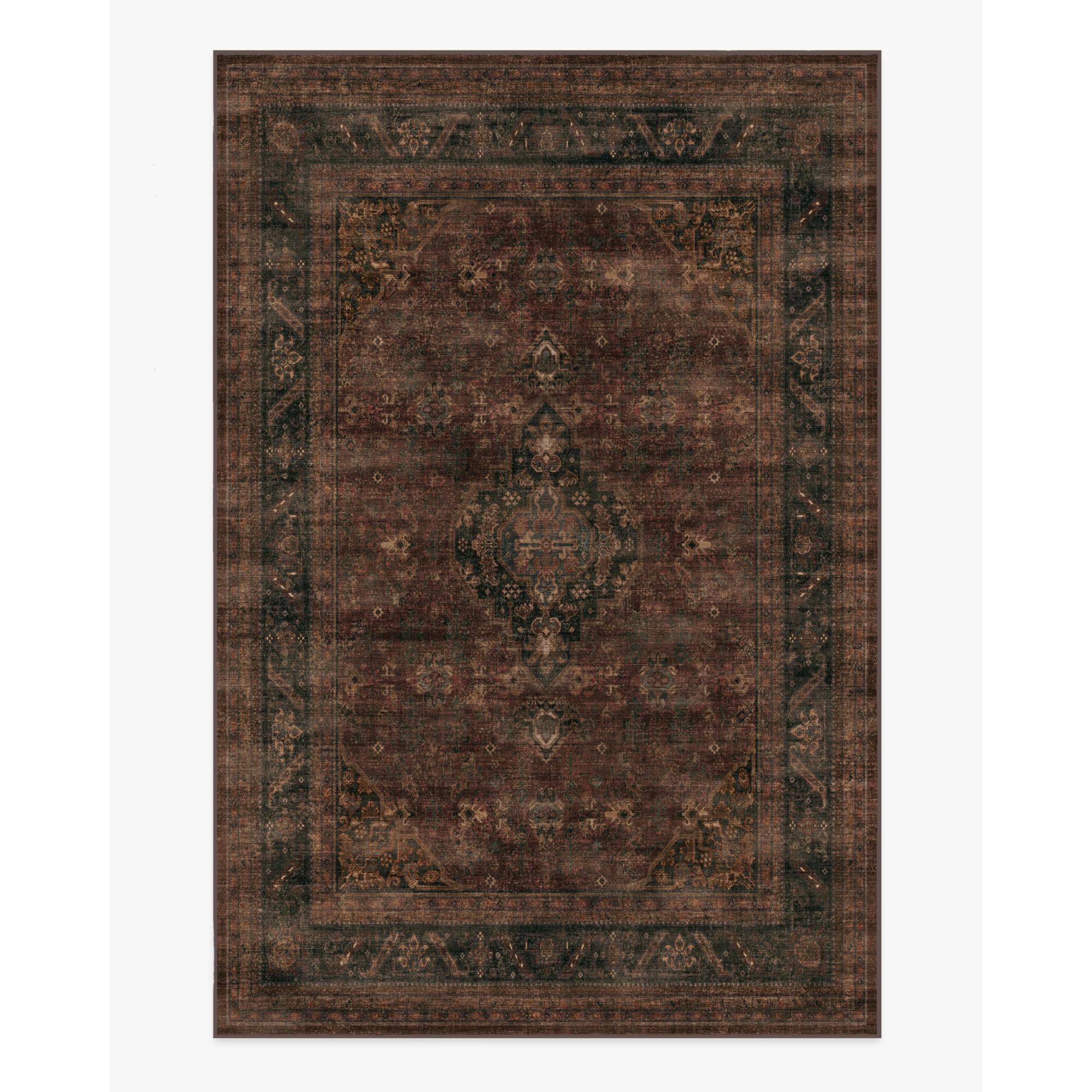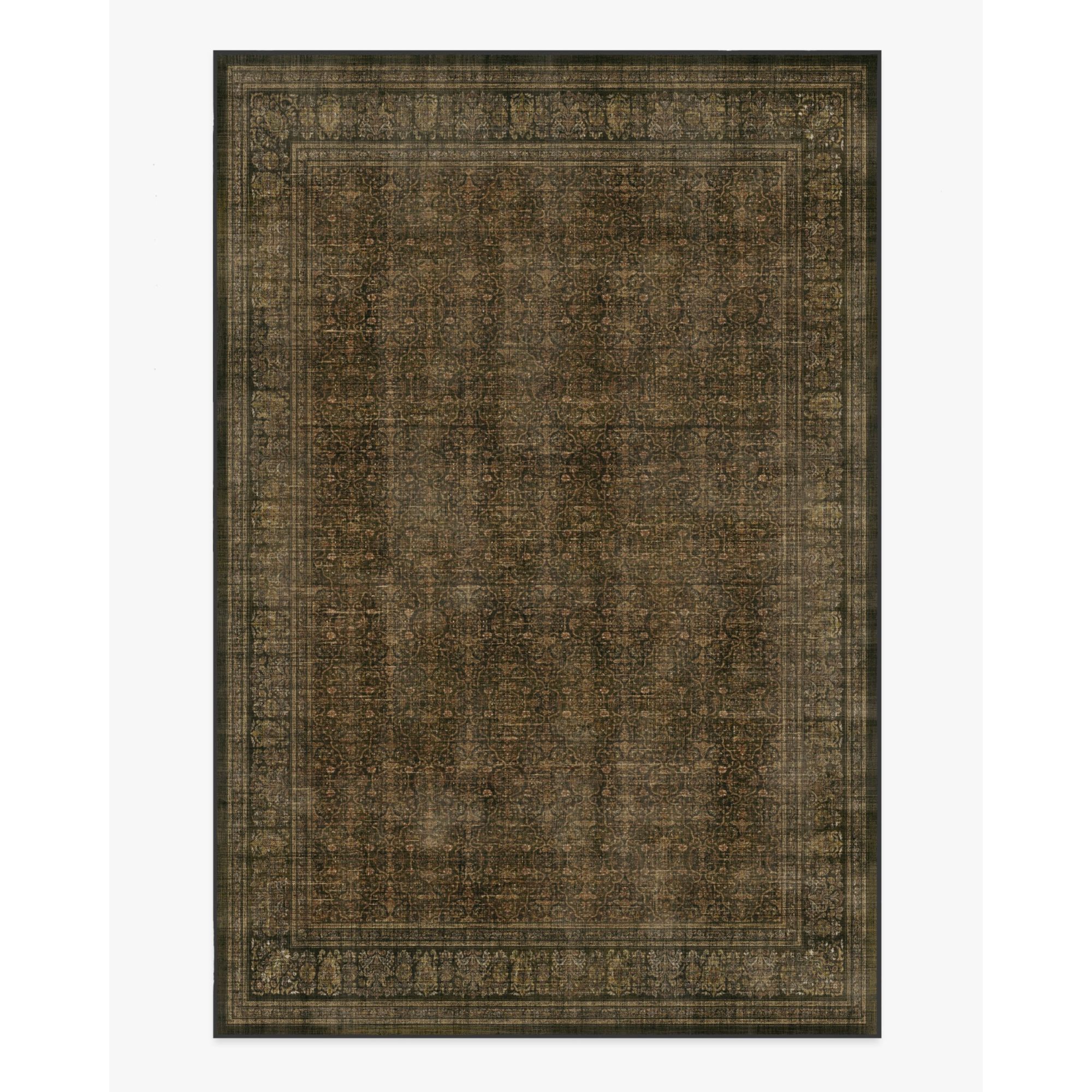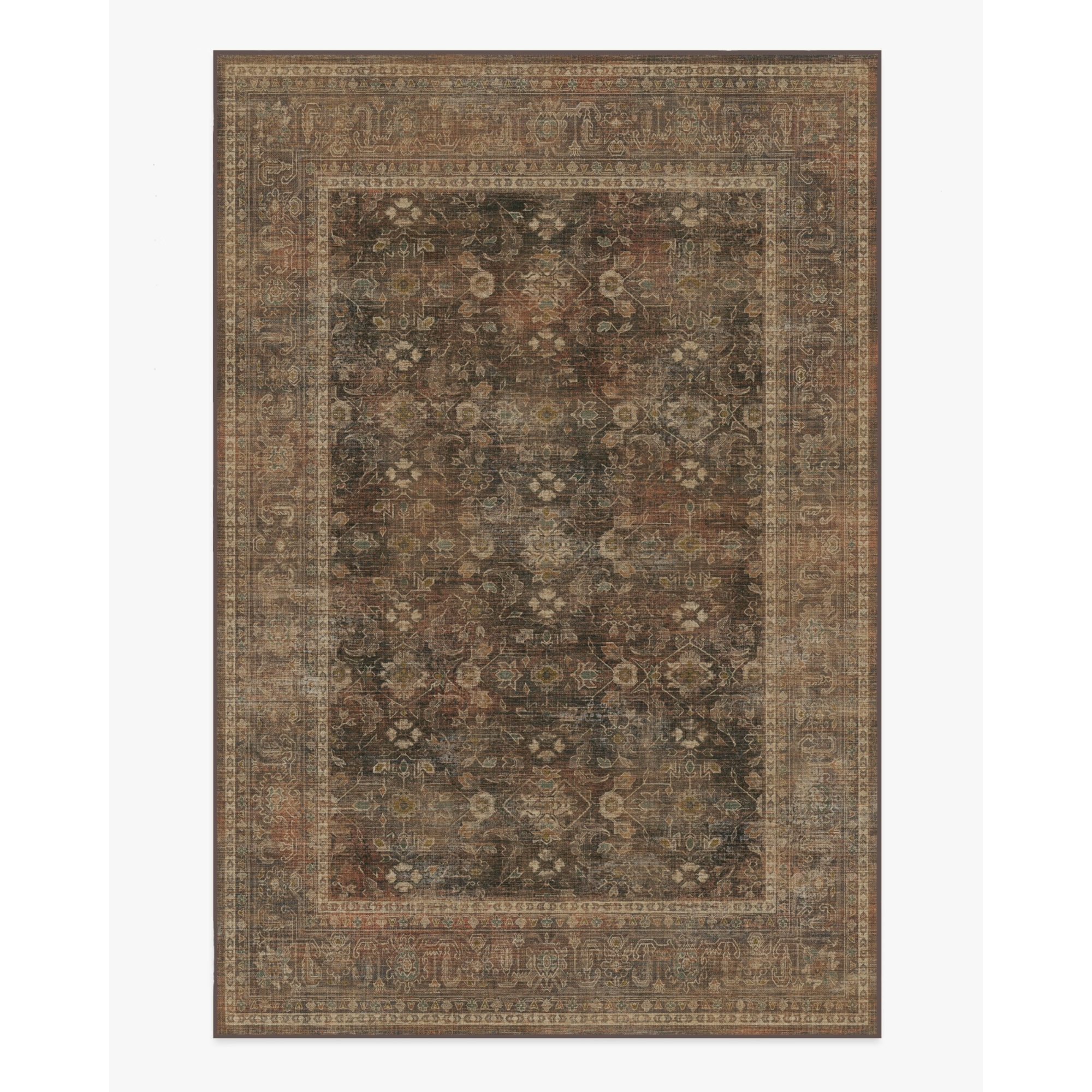The best types of flooring for pets – floor coverings that work for you and your four-legged friends
Make cleaning easier and maintenance simpler with these two floor types perfect for pets


Changing your floors may not be the first thing you consider when bringing a pet home, but doing so could make your house easier to manage and improve your pet’s quality of life.
From giving your best vacuum for pet hair an easier life to improving the overall look and feel of your home, thinking about your home furnishings before introducing pets can make your everyday life easier without sacrificing the aesthetics of your space.
These are the best types of flooring for pets – and why they make life with furry friends far less frustrating.
The best types of flooring for pets
Trying to keep a clean home when you have pets can feel like an uphill battle. However, it can be simple to manage with the right flooring and furnishings, with no more cleaning needed than a home without animals.
These flooring types are the best places to start, experts suggest.
1. Engineered hardwood
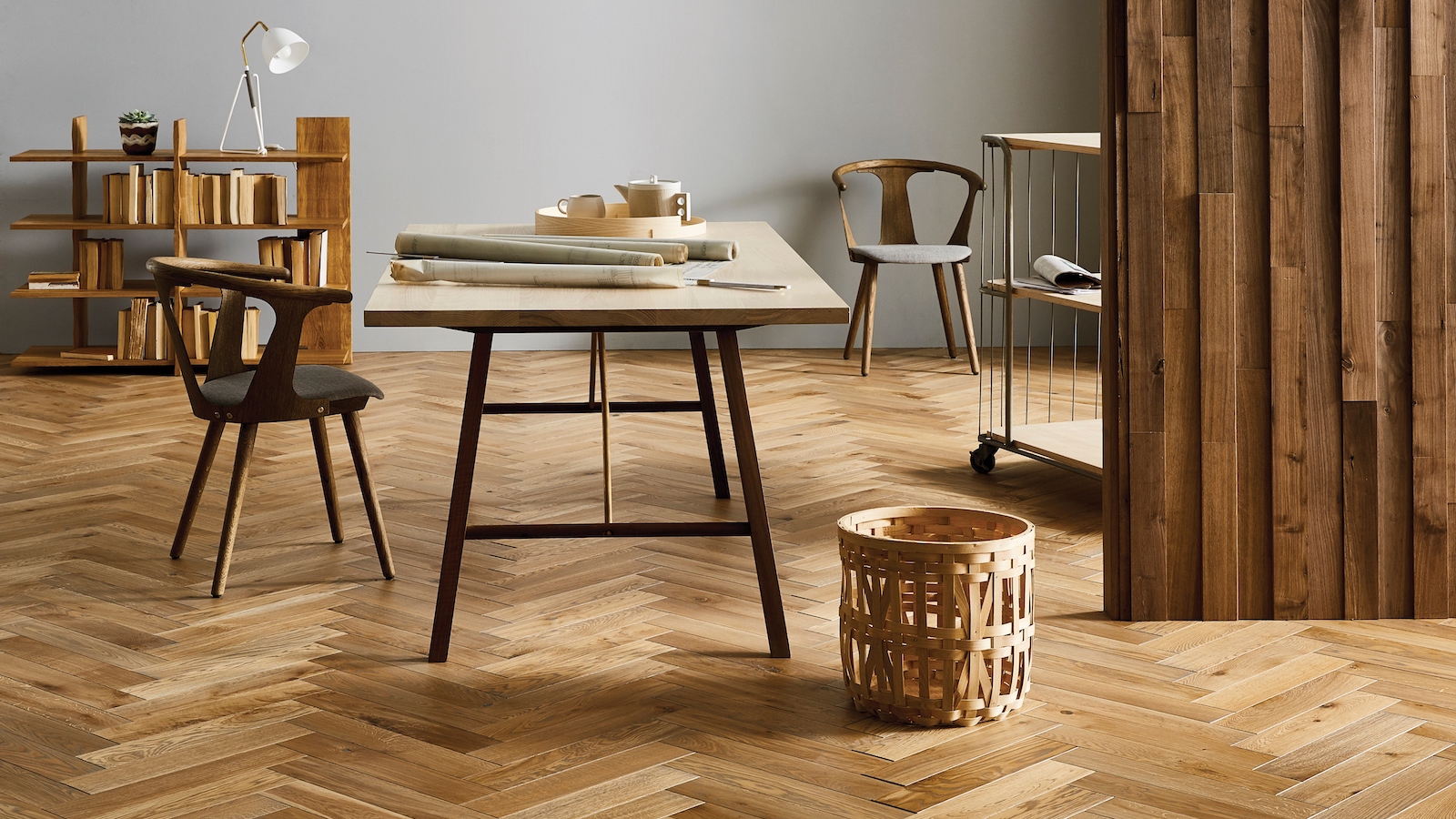
Engineered hardwood is, overall, one of the most durable types of flooring you have in your home, making it ideal for houses with pets (and children, too).
It might not be the most luxurious option when it comes to wood flooring, but this sturdy option doesn't scratch easily, it is easy to vacuum, and it does not absorb accidents, making it easy to maintain when you have young or older animals, says Artem Kropovinsky, interior designer and founder of Arsight.
Not to mention that well-made LVP or engineered hardwood can look as good as the real thing; ‘Hence, it is a rational choice, as it takes care of both aesthetic and practical aspects,’ Artem says.
When using harder floorings, be aware that pets may slip or skid when running around. It might be a good idea to place down washable rugs or runners in areas they frequent to make their lives a little easier and avoid injury.
2. Tiles
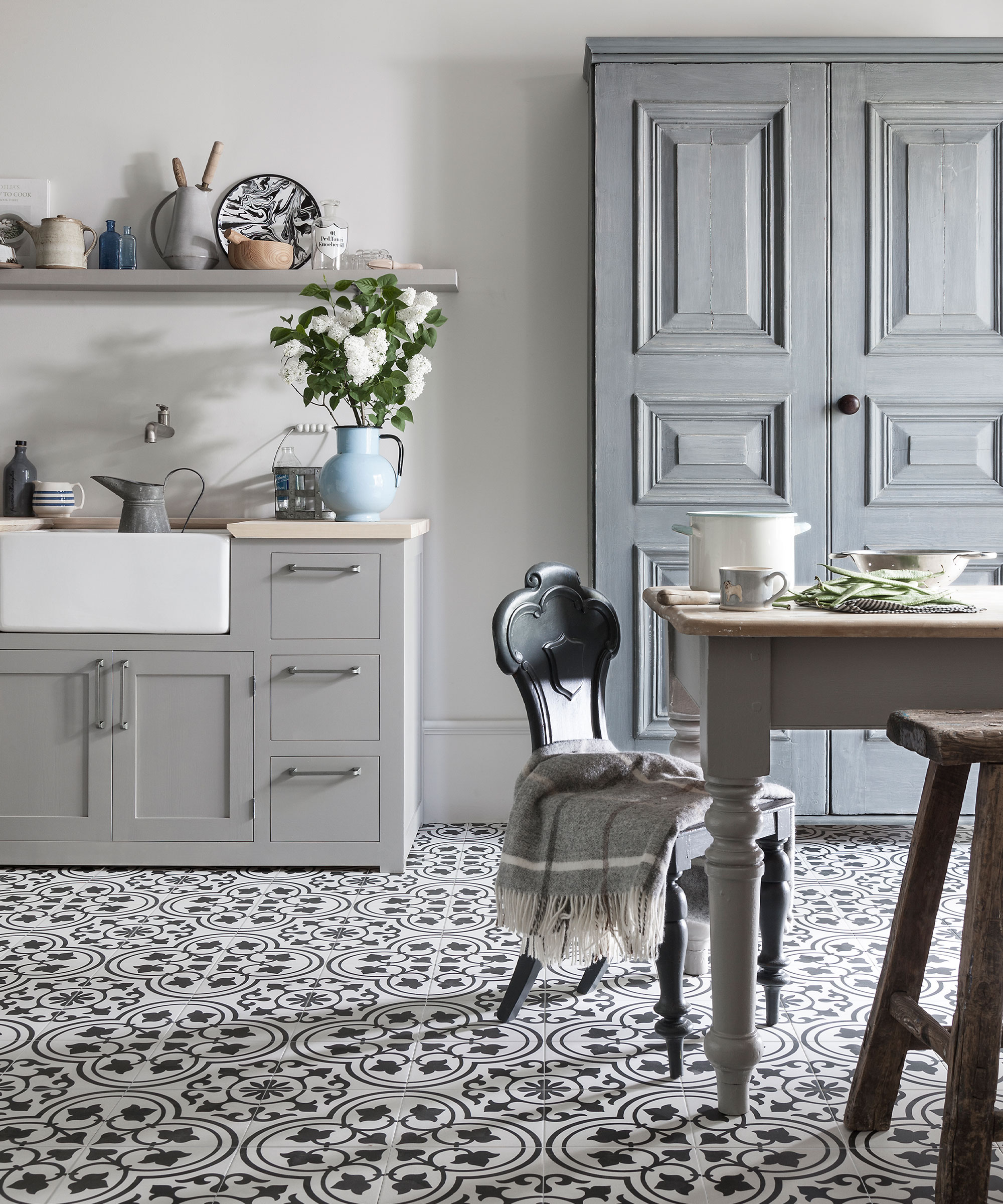
Porcelain tiles for kitchen flooring, entryways, and mud rooms, or bathroom flooring is a great heavy-duty option that is easy to clean, scratch and stain-resistant, and cooling in summer when thick-furred pets need a place to cool down, begins Mark James, pet expert at Pet Keener. He warns that it is important to be mindful of grout lines for animals with stubby claws, as it may crack or scratch them.
One way to prevent this and prevent grout from absorbing bad odors is to seal your grout and regularly reseal it to keep it looking its best and banish pet odors.
The floor types to avoid if you have pets
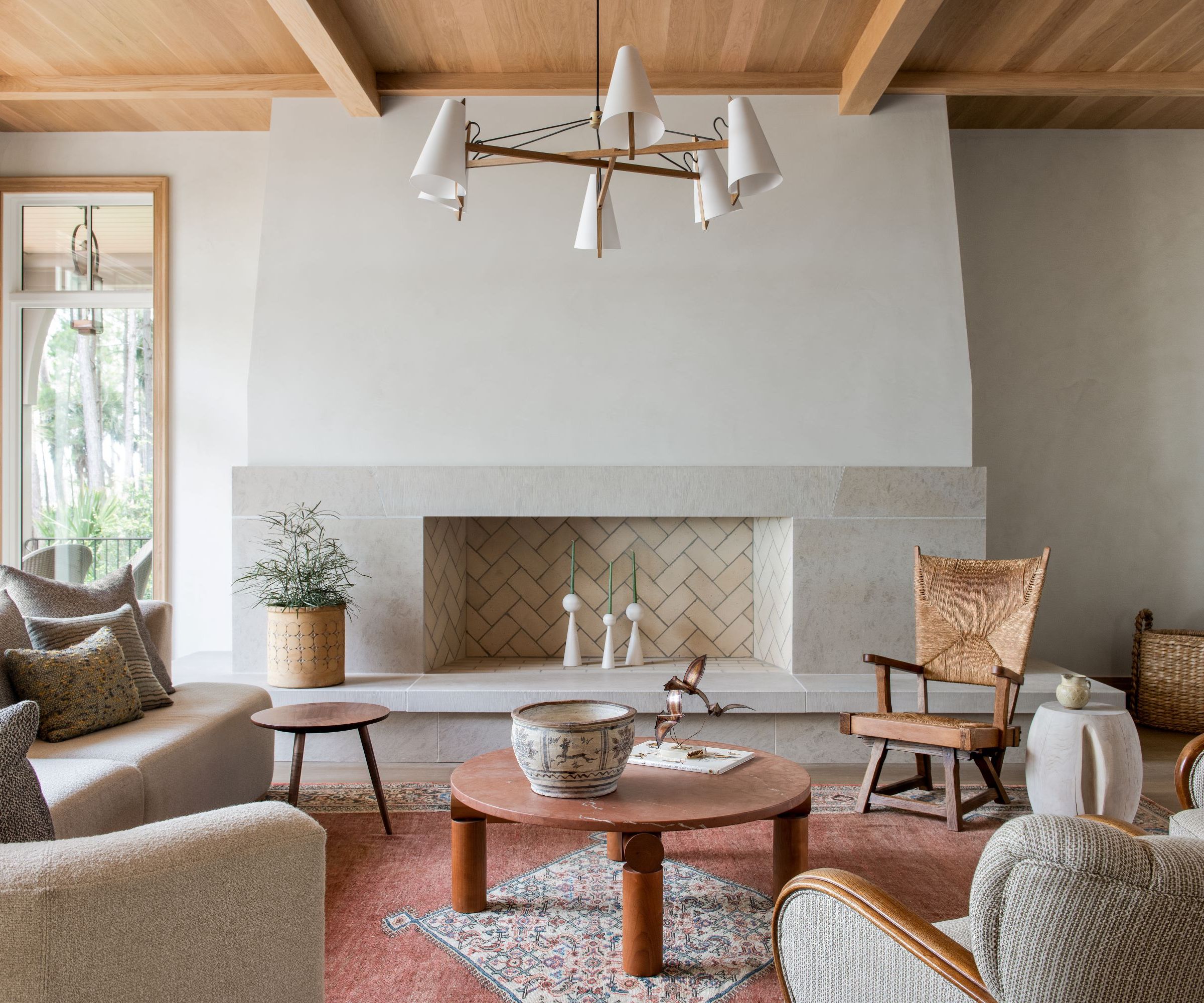
It should go without saying that, generally speaking, carpets should be avoided if you have pets – and for several reasons, cautions Ali Smith, CEO and founder of Rebarkable:
‘Not only are carpets easily dug up and pilled by bored claws, but they also absorb animal dirt and accidents and can be tricky to clean.’
If you must have carpets in your home, be it personal preference or a requirement for comfort, opting for a low-pile carpet that you vacuum regularly can be a good compromise. The shorter the pile, the less likely it is that claws will cause pilling or that fur will become stuck firmly in amongst the fibers.
The same goes for natural hardwood, too, Ali continues. While these smooth surfaces are excellent for vacuuming pet hair, they scratch easily and can absorb liquids, leading to permanent staining unless you can promptly clean them up. What’s more, such a hard, slippery surface can be problematic for older animals with joint issues, Ali adds.
FAQs
Is LVP or laminate better for pets?
LVP, LVT, and vinyl floors are all great choices for pets, especially if your animal is clumsy, accident-prone, or tends towards destruction when bored or over-excited. These flooring types can come with varying levels of durability and realism, so be sure to weigh up the different variants available to you and your demands of this flooring (are you more focused on aesthetics or practicality, etc.) before purchasing.
How do I stop pets claws scratching flooring?
One of the best ways to stop a pet's claws from scratching flooring is to pick a flooring type that is scratch-resistant. When a remodel is not an option, however, trimming and filing your pet's claws is your next best bet. Make sure you don't cut the nails down too far to cause your animals pain (going to a professional groomer can help with this), and never declaw animals. Not only is it inhumane and causes your animals significant pain even long after the procedure, but will likely lead to behavioral issues that are far more concerning than a few cosmetic scratches.
Just because you opt for hard flooring around your home to accommodate pets and cleaning doesn't mean you can have comfort underfoot. Using rugs is a great way to soften up your space when you have pets, giving your feet a comfortable place to land and your pets a softer place to lay down. Picking washable, low-pile rugs with a comfortable rug pad is the best option to keep household cleaning simple.
Sign up to the Homes & Gardens newsletter
Design expertise in your inbox – from inspiring decorating ideas and beautiful celebrity homes to practical gardening advice and shopping round-ups.

Chiana has been at Homes & Gardens for two years and is our resident 'queen' of non-toxic living. She spends most of her time producing content for the Solved section of the website, helping readers get the most out of their homes through clever decluttering, cleaning, and tidying tips. She was named one of Fixr's top home improvement journalists in 2024.
-
 Triangular shaped garden ideas – landscape designers share 9 ingenious ways to redesign your corner plot
Triangular shaped garden ideas – landscape designers share 9 ingenious ways to redesign your corner plotExpert tips for planning, planting and finessing a triangular shaped plot, so you can savour the space year round
By Jill Morgan
-
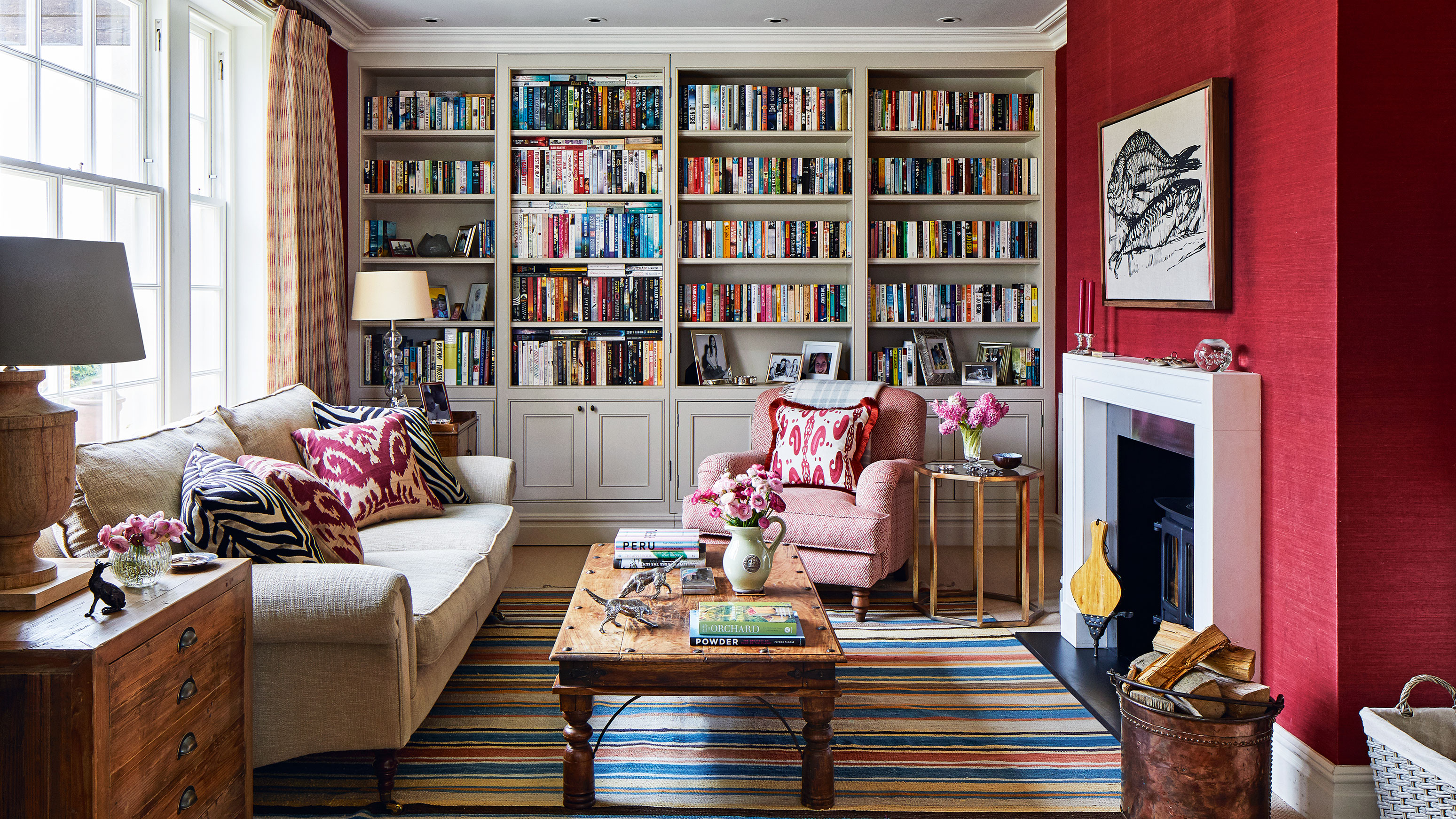 These are the 6 things designers say you should never put in a small living room
These are the 6 things designers say you should never put in a small living roomThe items that should be banned from a small living room are right here along with what you should opt for instead
By Sarah Warwick
